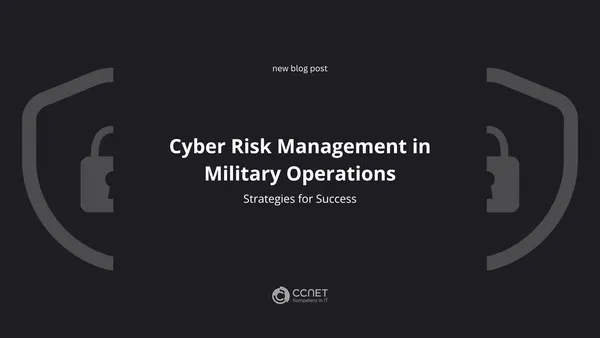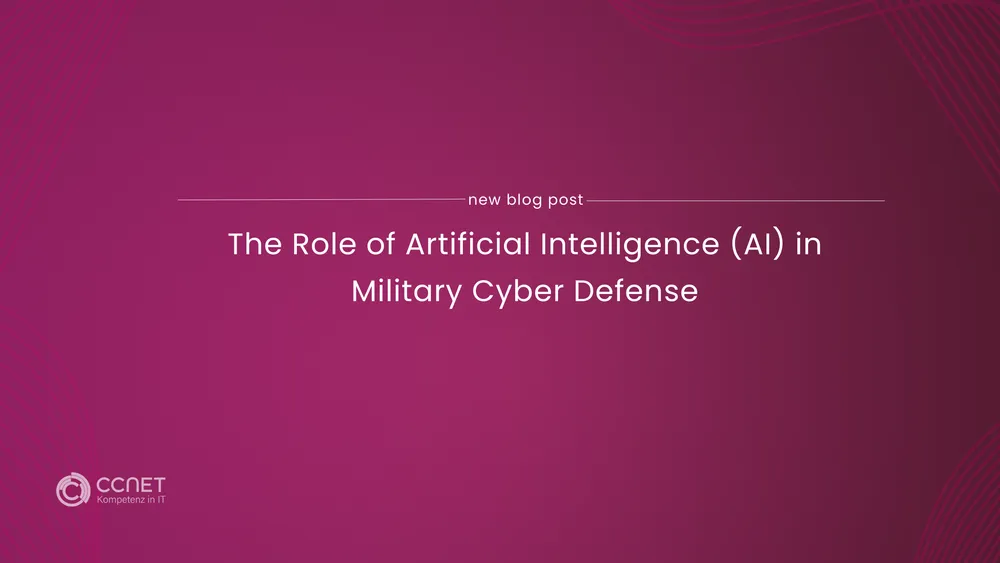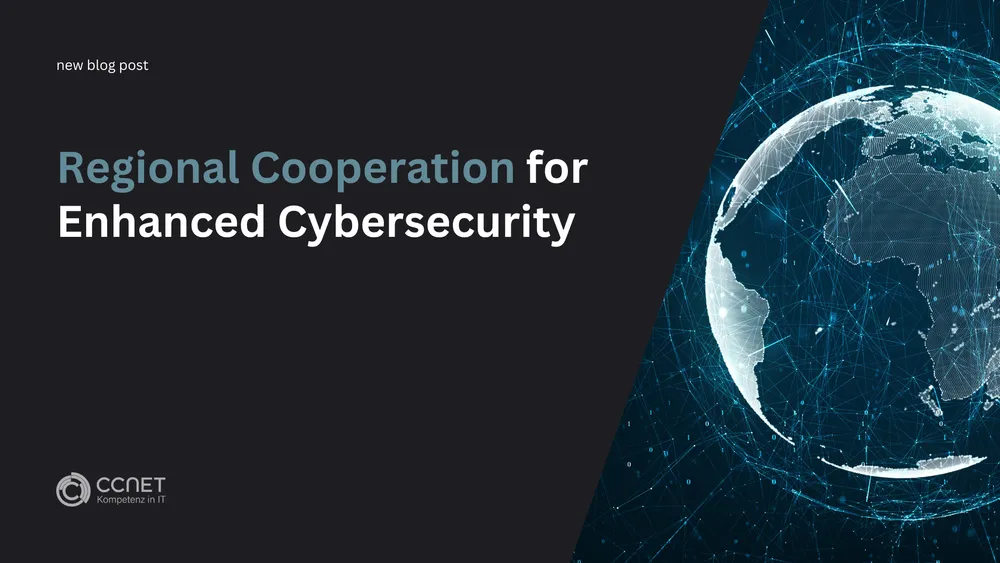
CCNet
Feb 12, 2025 • 3 min read

Cyber Risk Management in Military Operations: Strategies for Success
In the age of digital interconnectedness, cyber risk management has become an indispensable component of military operations. The increasing reliance on information and communication technologies has made cyber threats a serious danger to the success of military missions. A systematic and proactive approach to risk management is therefore essential to ensuring the security and integrity of military networks and systems. This blog post explores the significance of cyber risk management, the challenges it entails, and the strategies that can be employed to minimize these risks.
The Importance of Cyber Risk Management
Cyber risk management is the process by which potential cyber threats are identified, assessed, and mitigated to minimize the likelihood and potential impact of cyberattacks. In a military context, this process is particularly critical because the consequences of a successful cyberattack can be devastating—ranging from disruption of critical communication systems to the compromise of sensitive military information.
Military cyber defense must therefore focus not only on protecting against attacks but also on identifying and managing risks before they materialize. This requires a thorough analysis of potential vulnerabilities in the military's own networks and systems, as well as a deep understanding of the threat landscape in order to prioritize the most likely and dangerous threats.
A Systematic Approach to Risk Management
Effective cyber risk management follows a structured, systematic approach, typically carried out in several phases:
-
Identification and Prioritization of Cyber Key Terrain (CKT) Components: The first step is identifying the critical components of the cyber infrastructure that are essential to mission success. These components must be carefully analyzed and prioritized based on their importance and vulnerability.
-
Vulnerability Assessment: Once the critical components are identified, a detailed assessment of their vulnerabilities is conducted. This analysis focuses on potential weaknesses that could be exploited by attackers and evaluates the likelihood that these vulnerabilities will be exploited.
-
Threat Assessment: In the next phase, potential cyber threats that could jeopardize the mission are identified and assessed. This includes analyzing the capabilities and intentions of attackers as well as identifying the specific threats that could target the prioritized components.
-
Risk Assessment: Based on the information from the previous phases, a comprehensive risk assessment is carried out. This assessment takes into account both the likelihood of an attack and the potential damage that such an attack could cause.
-
Development of Risk Mitigation Strategies: Once the risks are identified and assessed, strategies are developed to mitigate these risks. These strategies may include technical measures such as implementing firewalls or encryption, as well as organizational measures like personnel training.
-
Implementation and Monitoring of the Risk Management Plan: The final step is the implementation of the developed strategies and the continuous monitoring of the cyber infrastructure to ensure that new threats are detected and addressed in a timely manner.
Challenges in Cyber Risk Management
Although cyber risk management is critical, it also comes with significant challenges. One of the greatest challenges is the dynamic nature of cyber threats. As threats constantly evolve, risk management strategies must be continuously adjusted to remain relevant and effective.
Another challenge is the complexity of modern IT infrastructures. Military networks are often large and heterogeneous, making it difficult to identify and monitor all potential vulnerabilities. Moreover, the global nature of cyberspace complicates the control and enforcement of security measures, especially in multinational operations.
Prioritizing risks is also a challenge. Not all risks can be addressed at once, so it is crucial to identify the risks that could cause the most significant damage and address them first.
Risk Mitigation Strategies
To effectively mitigate risks, military organizations employ a combination of technical, organizational, and strategic measures.
Technical measures include implementing advanced security solutions such as Intrusion Detection Systems (IDS), firewalls, and encryption. These solutions help detect and thwart attacks before they can cause damage.
Organizational measures focus on the training and awareness of personnel. Since human error is a common cause of successful cyberattacks, it is vital that all members of the organization are informed about the risks and know how to protect against them.
Strategic measures involve the development of contingency plans and conducting regular cyber exercises to test the organization’s readiness and ensure it can respond quickly and effectively to attacks.
Conclusion
Cyber risk management is an essential component of modern military operations. By systematically identifying, assessing, and mitigating risks, military organizations can better protect their networks and systems, ensuring that they are able to successfully carry out their missions. Despite the challenges, robust cyber risk management remains the key to protecting against the growing cyber threats in cyberspace.


